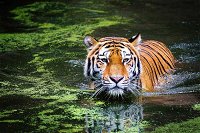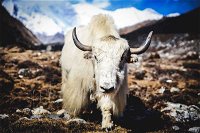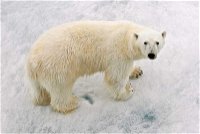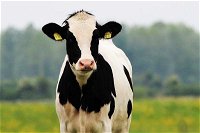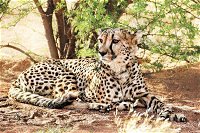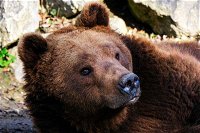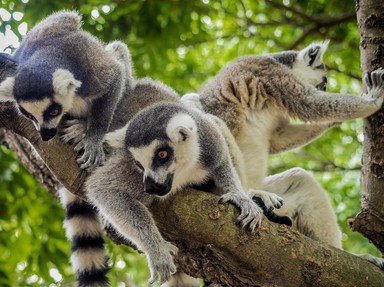
Taxonomic Tangle - Mammals Trivia Quiz
Match the Mammal Families
Here we have a tangle of twelve mammals that need to find their families. Help match the correct ICZN (International Code of Zoological Nomenclature) family to each of these twelve creatures. (Click the images for a closer look!)
by trident.
Estimated time: 3 mins.
